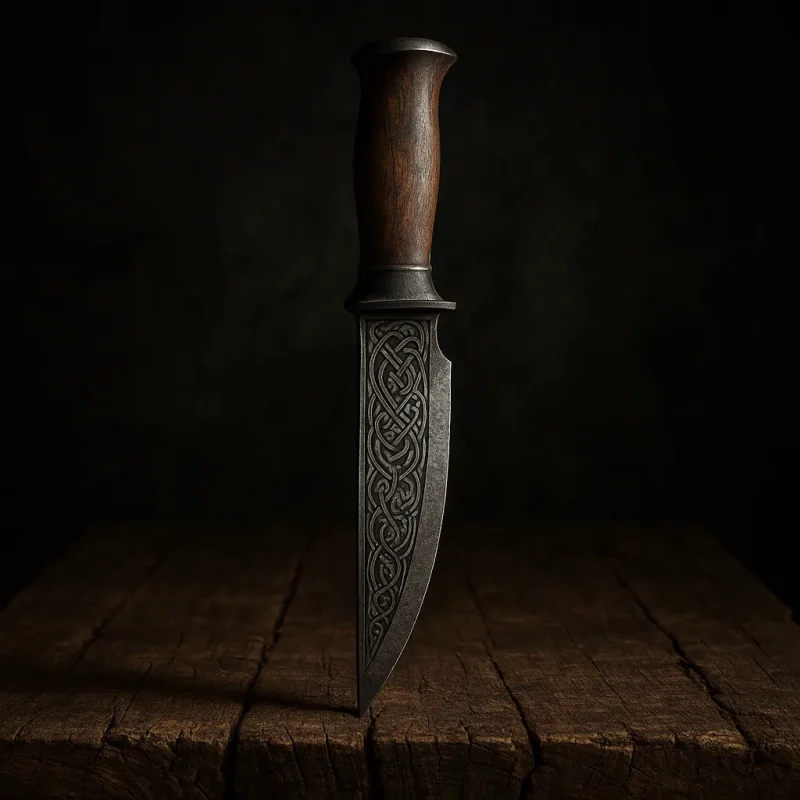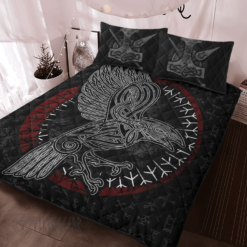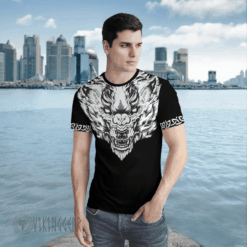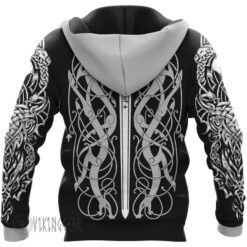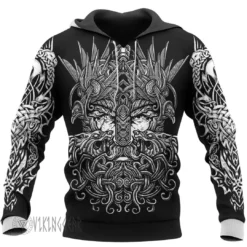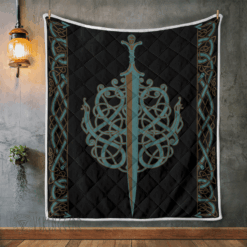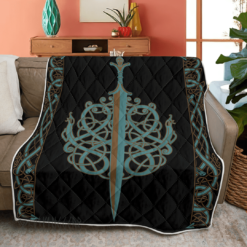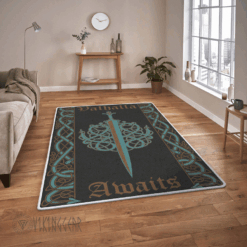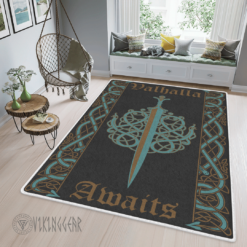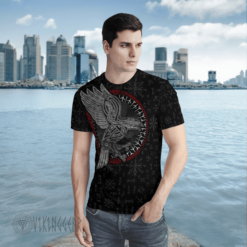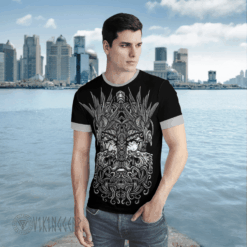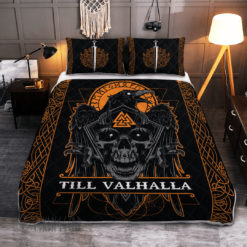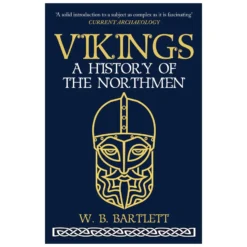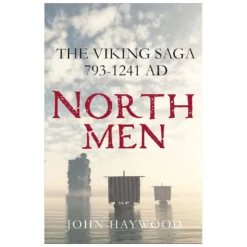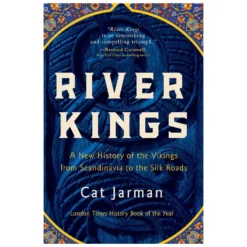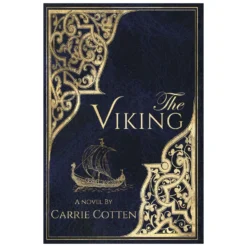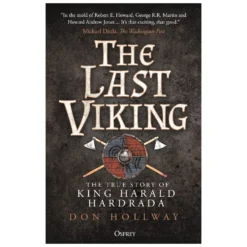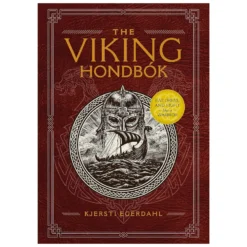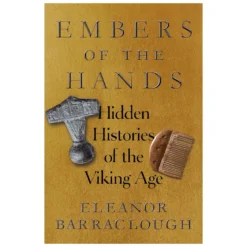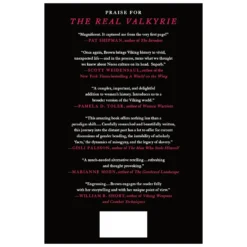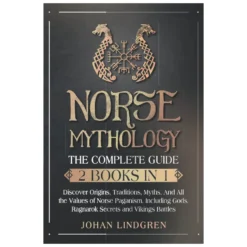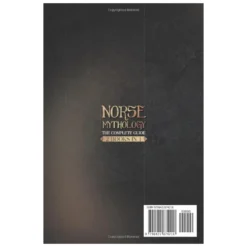Viking Blog
Viking Knives: 6 Essential Blades of War and Daily Life
When picturing the mighty Norse warriors of old, it’s easy to focus on swords, axes, and spears. Viking knives were the everyday tools of the Vikings. They were vital for battles and daily tasks. These versatile blades showed the skill and resourcefulness of the Norse people. Warriors, traders, farmers, and explorers used them. Let’s look at the six key types of Viking knives. We’ll discuss their uses and how they impact history and today’s culture.
The Role of Viking Knives in Norse Society
Viking knives were much more than weapons. In a world where self-sufficiency meant survival, a sturdy blade was indispensable. Vikings used knives for preparing food, crafting, building, hunting, and defending themselves. Both men and women, young and old, carried knives daily. These tools were personal and treasured in the Viking Age.
1. The Seax – The All-Purpose Viking Knife
Experts consider the seax the most iconic of all Viking knives. This single-edged blade can be a small utility knife or a strong weapon called the “langseax.”
- Design: Often includes a straight or slightly curved blade. It features a sharp point and a long, strong tang. This tang is set in a wooden or bone handle.
- Uses: Everyday chores such as cutting meat, woodworking, or even using it as a sidearm in battle.
- Cultural Significance: The seax was tied to Germanic and Viking identity. It even inspired the Saxons’ name, as “seax” means “knife” or “sword.”
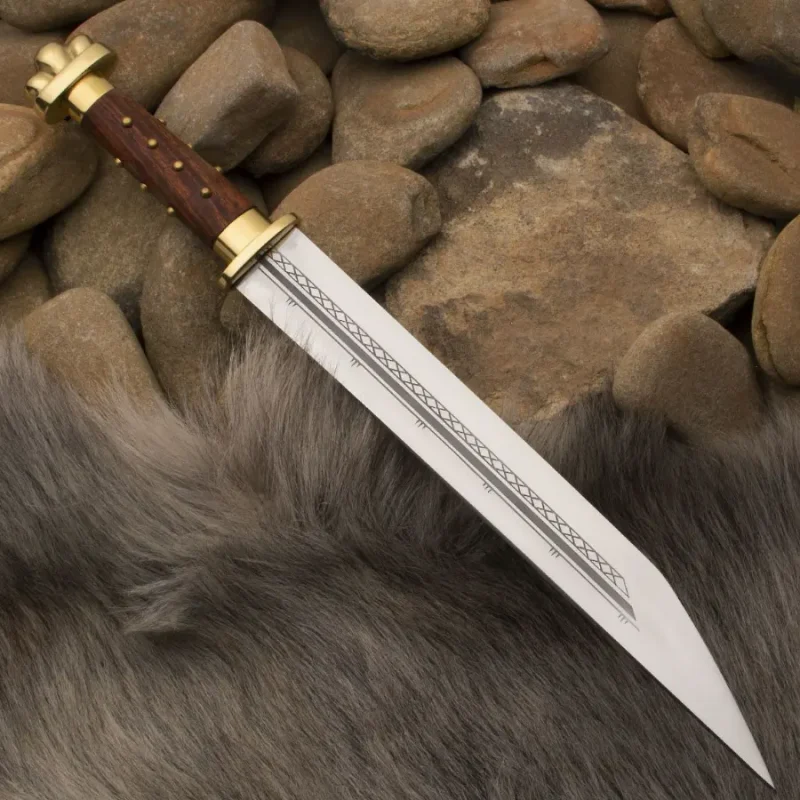
2. The Small Utility Knife – Essential for Everyone
Most Vikings, regardless of status, carried a small utility knife.
- Purpose: For food prep, carving wood, crafting leather, or fixing clothing and gear.
- Design: A length of 3–5 inches, featuring a narrow, pointed blade and a simple handle.
- Carrying Method: Hung from the belt in a leather sheath or attached to clothing for easy access.
3. The Scramasax – The Warrior’s Backup Blade
Among the many forms of Viking knives, the scramasax (a longer, heavier variant of the seax) was favored by warriors.
- Size: Blades ranged from 6 to over 20 inches, sometimes rivaling small swords.
- Role: Served as a backup weapon in close combat when swords or axes were lost or impractical.
- Archaeological Finds: Scramasaxes have been found in warrior graves throughout Scandinavia and the British Isles. They are often beautifully decorated with inlaid silver or bronze.
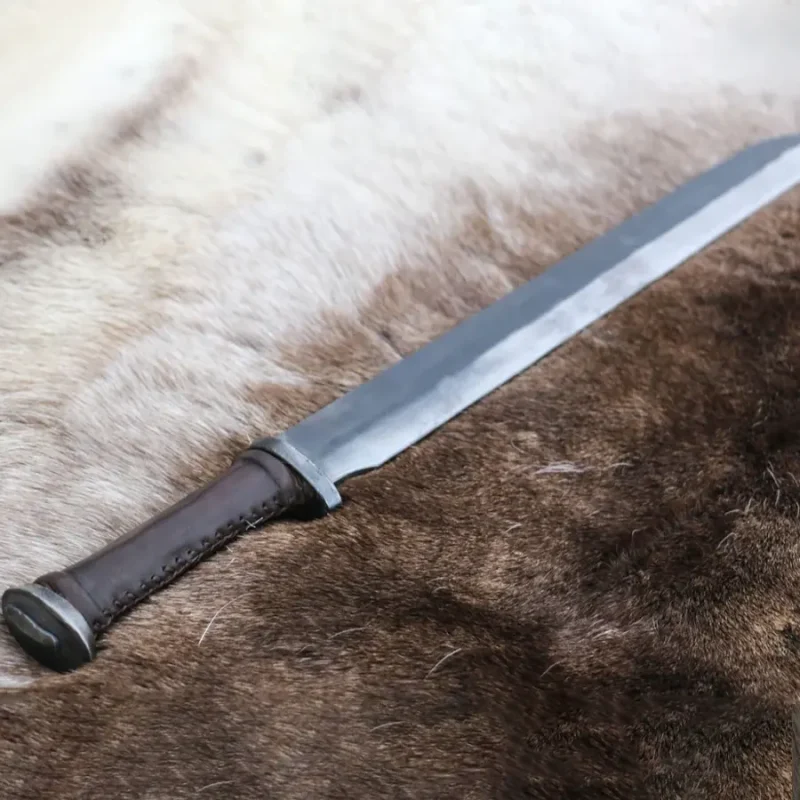
4. The Carving and Craft Knife – Tool of the Artisan
The Vikings were expert woodworkers and craftsmen. They made ships and detailed jewelry. Specialized Viking knives were essential in these trades.
- Blade Shape: Short, sharp, and slightly curved for controlled carving.
- Use: Creating runes, building longships, fashioning tools, and making everyday household goods.
- Legacy: Many Viking artifacts display fine knife work and artistic details that make Norse craft special.
5. The Fishing and Food-Prep Knife
Vikings used their knives to prepare fish for long sea trips.
- Design: Slim, flexible blades are ideal for cleaning and filleting fish.
- Importance: These Viking knives were crucial for food and trade. They were especially useful in coastal settlements and during journeys abroad.
6. The Ritual or Ceremonial Knife
Not all Viking knives were utilitarian. Some cultures used blades that had spiritual or symbolic meanings. They often featured these in rituals or as grave goods.
- Characteristics: Often smaller and more ornate, featuring engraved or inlaid handles and blades.
- Function: Used in religious ceremonies, sacrifices, or as offerings for the afterlife.
- Archaeological Evidence: Many Viking graves contain knives placed as gifts for the dead, signifying their enduring importance.
Viking Knife-Making: Materials and Craftsmanship
Vikings were expert metalworkers, and their knives reflected this skill.
- Materials: Blades were often made of iron or steel. Handles came from wood, antlers, or bone.
- Techniques: Pattern-welding and case-hardening produce durable, sharp, and beautiful blades.
- Decoration: High-status knives had detailed carvings, metal inlays, or fancy sheaths. These features showcased wealth and artistry.
Viking Knives in Archaeological Finds
Excavations in Scandinavia, the British Isles, and Russia have found thousands of Viking knives. These discoveries reveal how widespread and essential these tools are.
- Preserved Knives: Found in graves, settlements, and ship burials.
- Variation: From plain utility knives to highly decorated seaxes and scramasaxes.
- Insight: These artifacts connect us to Viking daily life and their social structures.
Viking Knives in Modern Culture
Viking knives live on in reenactments, history festivals, and modern bushcraft. Knifemakers worldwide keep making knives based on Viking designs. People value these knives for their usefulness and link to history.
- Collectors and Enthusiasts: Authentic replicas and originals are highly sought after.
- Practical Use: Many outdoors enthusiasts favor Viking-style knives for camping, carving, and survival—proving the enduring value of Viking ingenuity.
Conclusion: The Enduring Spirit of Viking Knives
Viking knives were loyal companions in the Norse world. They ranged from the fierce scramasax used in battle to the simple utility knife found at home. Simple tools were vital for survival, success, and identity in the Viking Age. Their versatility, skill, and cultural value highlight this importance. Viking knives inspire us today, whether as historical artifacts or practical tools. They connect us to the legendary spirit of the North.

